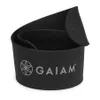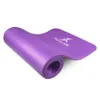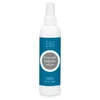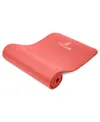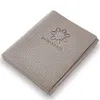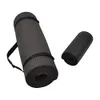
If you’ve never heard of RPE before, it simply stands for Rate of Perceived Exertion. Or to put it another way, it's how fatigued you are or how intense an exercise feels during any given workout routine.
For example, if I’m lifting weights and I rate my RPE at about a seven to eight out of 10, I’m probably working at the correct intensity for my ability. Any less, and maybe I’m not lifting heavy enough weights to challenge my muscles; any more, and perhaps my form would slip and I’d potentially compromise my range of motion.
Here’s everything you need to know about RPE and how to use it to boost performance and avoid injury.
What is RPE?
RPE refers to your perceived exertion — how hard you work during exercise on a scale from 0 to 10. It’s most popular with exercise styles like endurance training or HIIT, where the exerciser can gauge how intense their efforts feel.
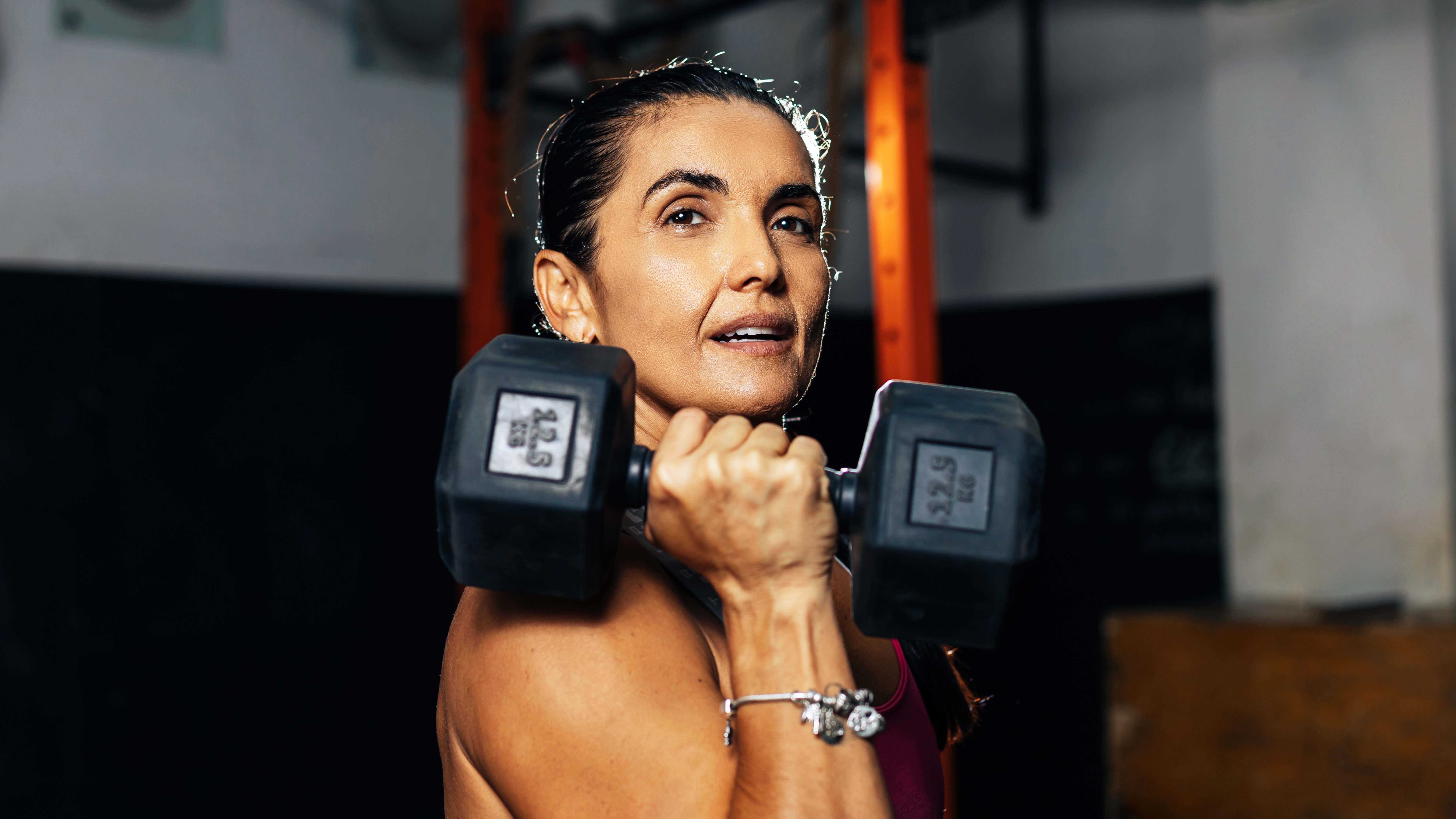
How to measure RPE
You can use several methods to measure RPE, including heart rate, how fatigued your muscles feel and how much you sweat. In my role as a personal trainer, I don’t really focus on the last one, as some people are more inclined to sweat than others.
Heart rate and how fast you breathe are my top concerns, along with whether you’re struggling to lift a weight or complete a set of exercises properly.
What are the benefits of RPE?
As trainers, we use RPE to measure how a client feels during a workout and whether or not we need to increase or decrease intensity. It’s a simple and fast way to assess if a workout is doing its job, or whether or not we need to adjust.
Get instant access to breaking news, the hottest reviews, great deals and helpful tips.
When working with a new client, RPE allows trainers to quickly gauge a client’s ability on the go — do they need more load, fewer reps, a longer rest? If we don’t know someone’s maximal or submaximal load for an exercise, RPE allows us to make an informed guess very quickly.
Of course, when working with a client long term, especially with resistance training, you’ll need to be more technical. I always test someone's one-rep max (or close to it) to determine submaximal ranges for exercises.
For example, if I know my client has a one-rep max of 100kg on the bench press, I can quickly take a percentage of this to decide how much he or she lifts for 8-12 reps and 3-4 sets during a session. Of course, this ranges depending on the exercise type, goals and the client.
Without these figures, it makes it very difficult to assess how to train someone properly and tap into the principles of progressive overload. While you might not use RPE all the time for weightlifting, you can use it more regularly for workouts like HIIT, treadmill sprints, yoga, or Pilates.
How to use RPE to boost performance and reduce injury risk

I wouldn’t recommend using RPE all the time, but it’s certainly one way of determining how hard (or not!) you’re pushing yourself during a workout. If you’re new to exercise, returning from injury, pregnant, or have an existing health condition, RPE can help prevent overexertion.
If you enjoy sports like running, tempo training, or are training for events like a marathon, being able to assess how you feel during exercise can prevent you from pushing yourself too far. It's also useful if you want to increase your capacity and enjoy measuring your heart rate zones.
For example, if your goal is to sit within a moderate effort — say, a six out of 10 — then RPE can be used to assess whether you need to push harder or back off. It's pretty obvious when you're hitting a solid nine on the effort, but those middle ranges can be trickier to determine.
If you don't have access to your workout data, consider how long you could sustain the effort comfortably. If you could keep going for hours, this would tell you a lot about your effort or where you sit on the scale.
However, there are some drawbacks to RPE. It’s self-reported, which means it’s not based on data and accuracy is limited. When lifting weights, you have numbers you can stamp on your efforts, just as you can while wearing the best fitness trackers.
That said, it could be useful to compare your RPE to your fitness wearable to help you determine what your body is saying to you and note any variations.
Bottom line
Although RPE has limited accuracy, it’s an accessible way to check in on your body during exercise. If you find your pace or the weights too easy, you’ll know to add load or increase pace. On the flipside, if you’re panting, sweating and barely able to continue, you’ll know to back off.
Your heart rate is a great indicator of your overall health, particularly your resting heart rate. The lower this number, especially as you age, the better. If you have any concerns while exercising, always speak with a qualified health professional.
More from Tom's Guide
- Forget push-ups — I'm a personal trainer and here's 3 ways to build upper-body strength and mobility using downward dog
- 8 minutes, no equipment — this 8-move Pilates abs workout works your deep core muscles
- I tried this 5-minute 'morning yoga' workout to build mental stamina and flexibility — here's what happened

Sam Hopes is a level 3 qualified trainer, a level 2 Reiki practitioner and fitness editor at Tom's Guide. She is also currently undertaking her Yoga For Athletes training course.
Sam has written for various fitness brands and websites over the years and has experience across brands at Future, such as Live Science, Fit&Well, Coach, and T3.
Having coached at fitness studios like F45 and Virgin Active and personal trained, Sam now primarily teaches outdoor bootcamps, bodyweight, calisthenics and kettlebells.
She also coaches mobility and flexibility classes several times a week and believes that true strength comes from a holistic approach to training your body.
Sam has completed two mixed doubles Hyrox competitions in London and the Netherlands and finished her first doubles attempt in 1:11.
You must confirm your public display name before commenting
Please logout and then login again, you will then be prompted to enter your display name.
